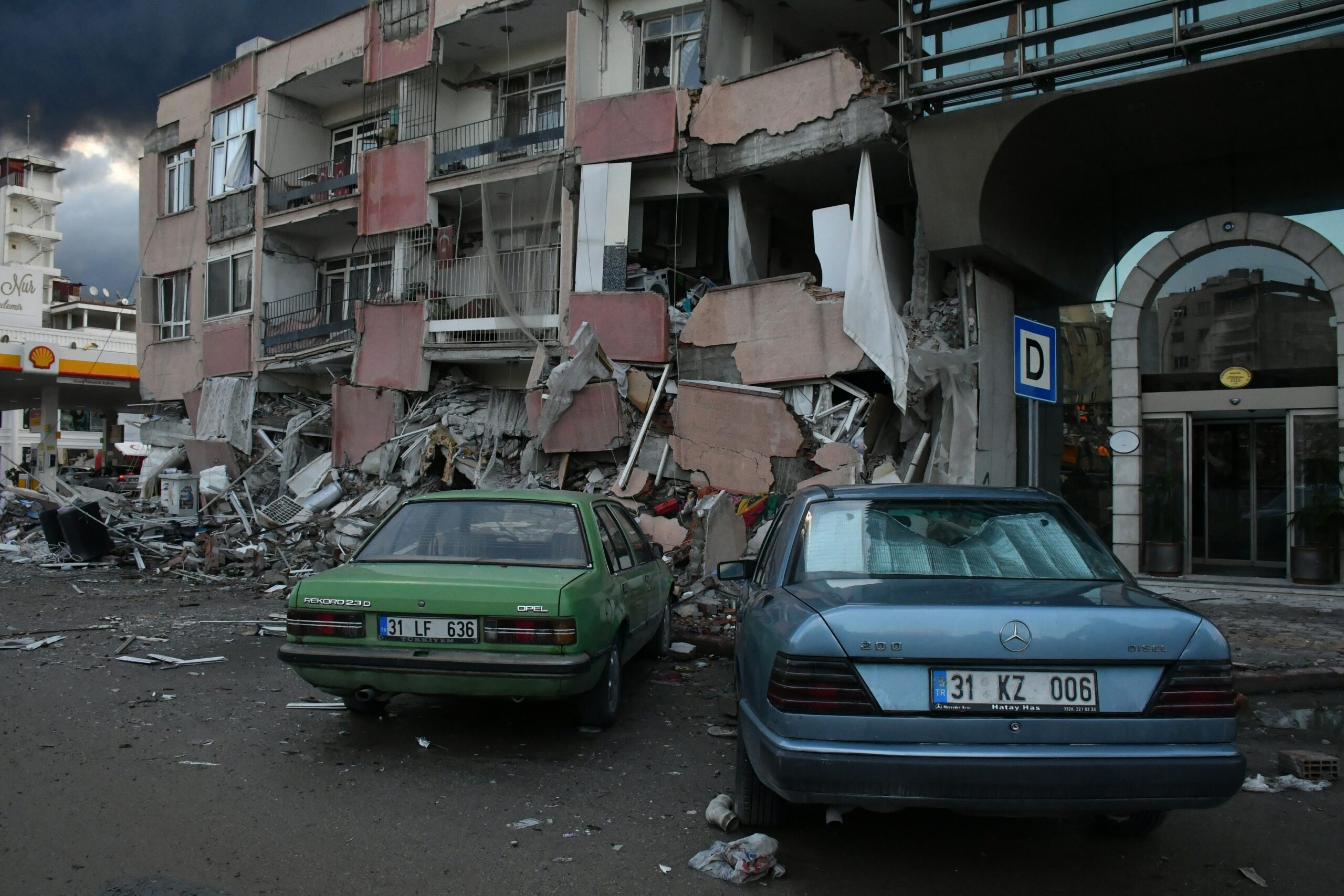The declaration of a ‘State of Calamity‘ in Cebu following the devastating 6.9-magnitude earthquake is, fundamentally, an administrative action—a necessary step that unblocks emergency funds and imposes a price freeze. Yet, in the context of the Philippines, it feels less like a decisive response and more like an annual resignation to fate.
The sheer velocity of disaster (a powerful earthquake slamming a central region barely a week after back-to-back typhoons) exposes a profound and tragic reality: the Philippines’ approach to natural hazards remains tragically reactive rather than proactive. This is a cycle of calamity where the lack of investment in genuine resilience is directly translating into a mounting death toll and permanent psychological trauma for residents, particularly in hard-hit areas like Bogo.
The official death toll of at least 69 is likely to jump, not just due to search and rescue efforts, but because the nation’s disaster agency, based in distant Manila, is notoriously slow in vetting casualties. This centralized, bureaucratic drag on information is a critical flaw that hinders effective, immediate relief.

Furthermore, the agonizing irony of the situation is laid bare in the fact that seven of the deceased in Bogo were residents of a resettlement village specifically built for the victims of Typhoon Haiyan a decade ago. This reveals the most damning failure: post-disaster reconstruction is clearly not prioritizing future resilience.
The images emerging from Cebu (buckled roads, fallen bridges, and collapsed century-old churches) cast a spotlight into a terrifying lack of infrastructure resilience. As an island nation situated on the geologically unstable “Ring of Fire” and directly in the path of relentless typhoons, every piece of public infrastructure must be engineered to withstand the dual threat of seismic activity and extreme weather.
Why It Matters
The collapse of the old Catholic church tower, a significant cultural loss in a region deeply tied to its Spanish colonial history, is a symbol of a wider failure to mandate seismic retrofitting for critical structures.
Also, the destruction of roads and power lines were not merely property damage; it was also a direct obstacle to emergency services and the delivery of relief supplies. When communication is severed, and first responders are physically blocked, the system has already failed the people it is meant to serve.
With officials appealing for medical volunteers and hundreds being treated in tent hospitals, the immediate health infrastructure has been clearly overwhelmed.















